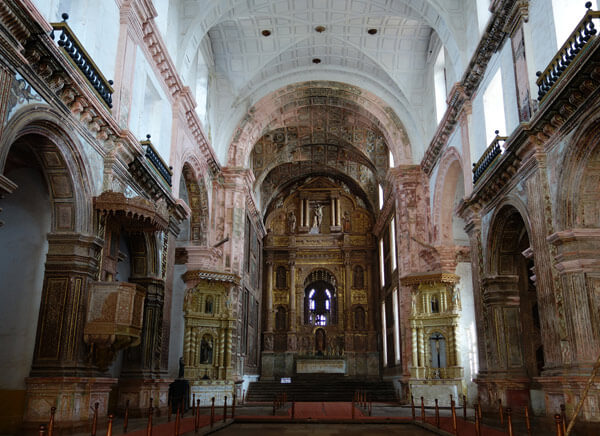Goa has such a rich history that it contains multiple UNESCO World Heritage sites! So yes, the statement that Goa is much more than beaches is not an understatement. Get to know more about these magnificent monuments here:
Basilica of Bom Jesus
The construction of the basilica began in 1594 and was completed in 1605. It holds the mortal remains of St. Francis Xavier. The Basilica depicts an example of Baroque architecture in Goa.
The interior of the church is built in Mosaic-Corinthian style. To the right of the altar lie the mortal remains of St. Francis Xavier. The body was moved into the church in 1622, and installed in its current mausoleum in 1698. Unlike other churches in Old Goa, this one has no lime plaster on the exterior since it was removed by a Portuguese conservationist in 1950.
The exposition of St. Francis Xavier is held every 10 years and pilgrims from all around the world visit the Basilica to get a glimpse of the mortal remains of St. Francis Xavier. The novenas for the feast of St. Francis Xavier begin on 23rd November and the feast is celebrated on 3rd December annually.
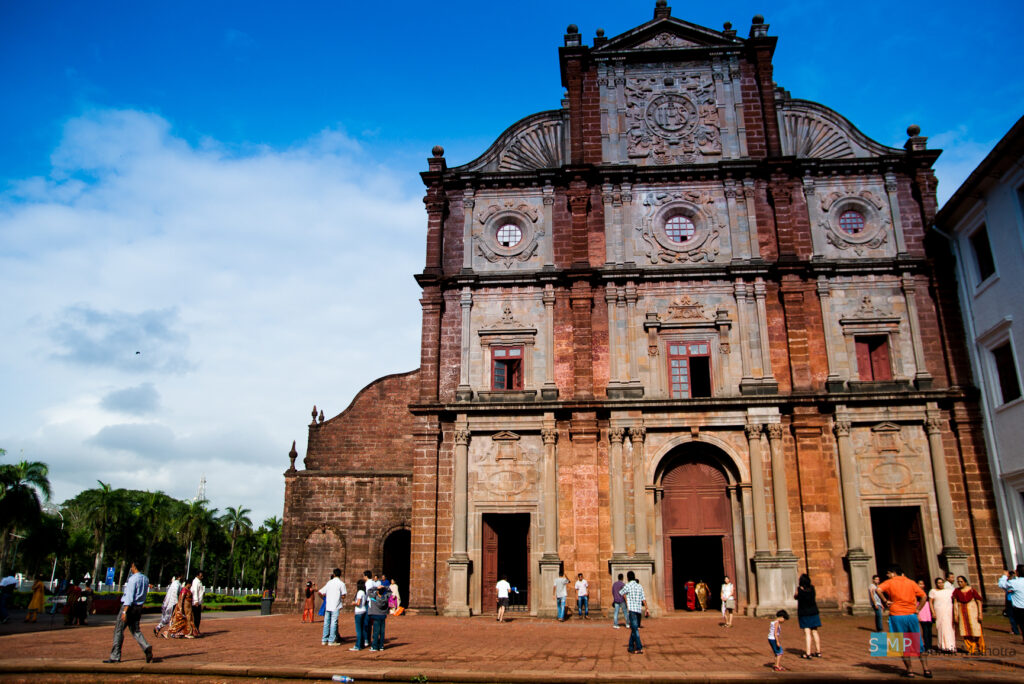
Ruins of the Church of St. Augustine
The church was constructed in 1602 by Augustinian friars who had arrived in Old Goa in 1587 and was abandoned in 1835.
Due to successive deadly epidemics, Old Goa became deserted and the Church of St Augustine was abandoned. The church’s vault collapsed in 1842, leaving only the high tower that once served as a bell tower and was part of the church’s facade.
The tower’s huge bell was moved in 1871 to the Church of Our Lady of the Immaculate Conception in Panaji.

St. Cajetan Church
To get a bit of Rome in Goa, you should see St. Cajetan Church. Its sizeable dome-like structure at the top resembles the Basilica of St. Peter in Rome. This isn’t a surprise as it was built by Italian friars in the 16th century. It has basalt statues of some of the main disciples of the Bible. In the church compound, there is an arch which may be a part of the Adil Shah Palace.
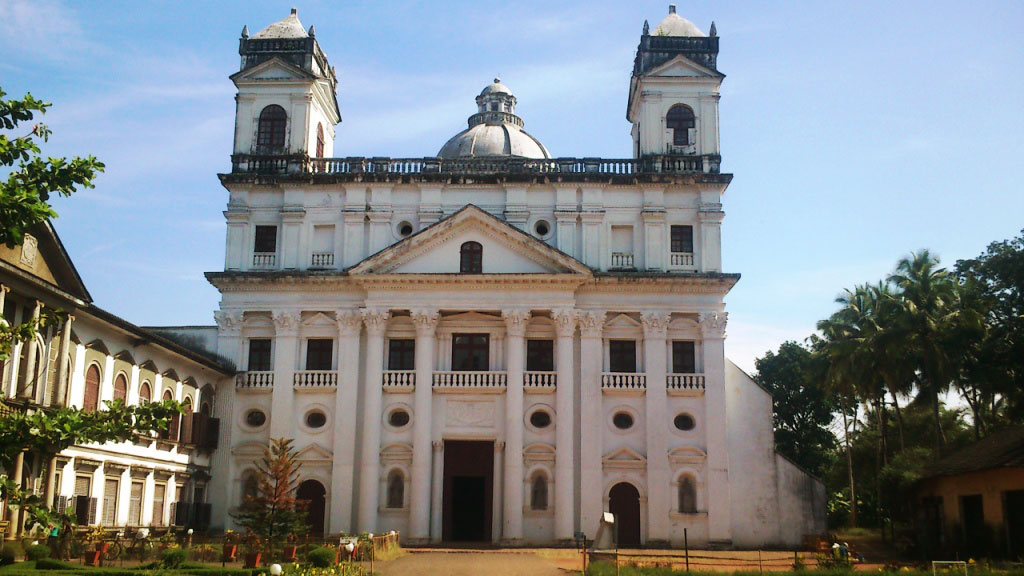
St Catherine’s Chapel
It’s not shocking that one of the oldest buildings in Old Goa has earned recognition as a UNESCO World Heritage Site. The structure was constructed in the early 15th century after Afonso de Albuquerque’s victory over ruler Adil Shah on St. Catherine’s Day. Some years later, Pope Paul III granted the chapel “cathedral” status. In 1952, Portuguese governor George Cabral reconstructed it with laterite blocks. Its remarkable architecture deserves admiration, but unfortunately, the chapel is infrequently accessible to the public.
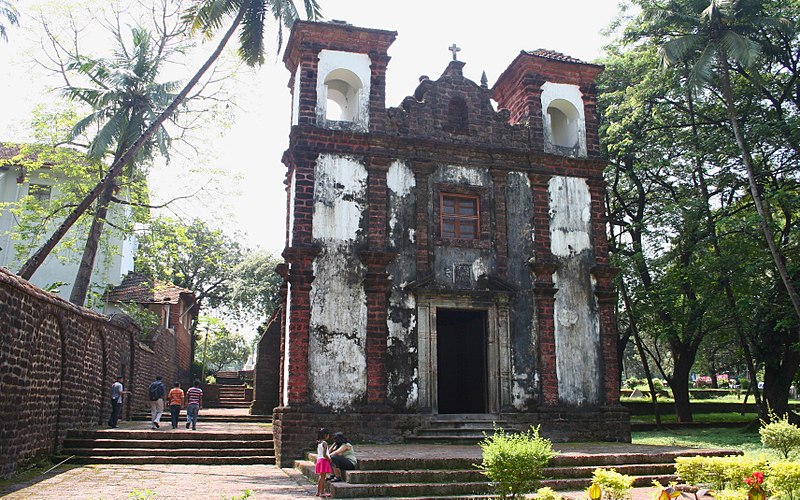
Se Cathedral
Did you know that Goa is home to one of the largest churches in Asia? The church took about 80 years to build and is truly magnificent. The interior boasts intricate woodwork that adds to its grandeur. Additionally, the church is home to the “Golden Bell,” which is the largest bell in Goa and produces a memorable sound. The Se Cathedral also features a stunning courtyard that can be accessed by a flight of stairs. It is also known as St. Catherine’s Cathedral as it was built to commemorate the Portuguese army’s victory over another on the feast day of St. Catherine of Alexandria.
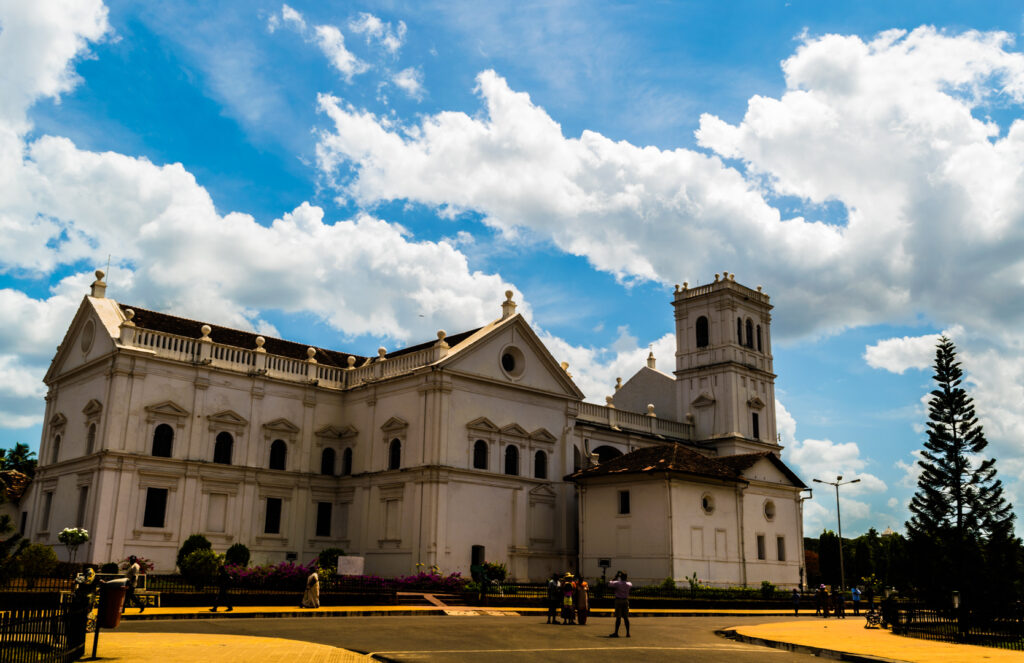
Church of St Francis de Assisi and Convent
In the 15th century, Portuguese Franciscan friars established the St. Francis of Assisi church and a convent. Its main altar is dedicated to St. Francis of Assisi and the convent contains the Museum of Archaeological History which is a treasure trove of ancient artefacts, sculptures, and paintings.
The church’s unique architecture is a blend of various styles, with a Tuscan style on the exterior and a mix of Baroque and Corinthian styles inside.
